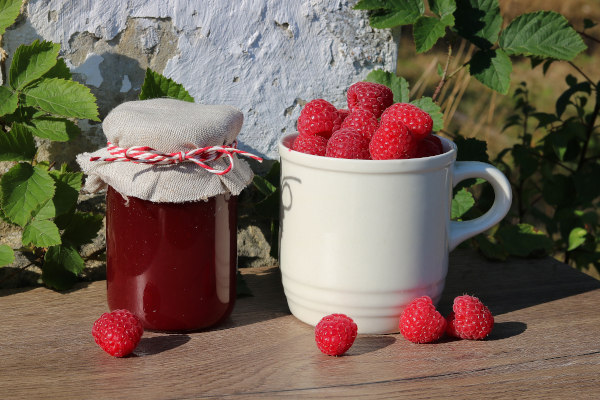How to grow Rubus (Raspberry)
With their sweet, juicy, flavoursome berries, raspberries are one of the nation’s favourite soft fruits. There is a huge range of cultivars and hybrids to choose from offering a choice of red or yellow fruit, prickly or spine-free stems, and summer or autumn fruiting periods. Some have been especially bred for increased disease resistance, or even a compact, container-friendly size. All are derived from Rubus idaeus, a close relative of the blackberry and member of the rose family.
Raspberries are hardy, vigorous, and easy to grow plants which offer a particularly good investment – you can expect a plant to fruit for ten years or more before it needs replacing. When you think of how much one punnet of raspberries costs to buy, the savings are vast.
Raspberries can be split into two categories: summer fruiting (floricane) or autumn fruiting (primocane). Growing both types means you can be picking fruit for many months.
Summer fruiting raspberries are tall, bushy, vigorous plants which often reach 1.8m. They need plenty of space and produce fruit from early to late summer, from their second year onwards. They will require support.
Autumn fruiting raspberries are typically smaller and less vigorous plants, tending to reach a maximum of 1.2 – 1.5m in height. They produce fruit from late summer into autumn from their first year onwards. These plants are largely self-supporting and can be grown without support, however often benefit from a single wire or length of string to stop them flopping over paths or other planting.

Zantedeschia is a genus of flowering plants from the family Araceae and is native to southern Africa. With a rich history dating back to the Ancient Romans, these deciduous or semi-evergreen perennials have been used as a symbol of celebration. Zantedeschia was Named after Professor Giovanni Zantedeschia, an Italian botanist.
There are two main forms of Zantedeschia: hardy and tender. Hardy forms of the plant can be grown outdoors, enjoy moist soil and full sun or partially shaded conditions - these are known as Arum lilies. Tender forms of Zantedeschia prefer being grown in containers or pots and should be brought inside over the winter - these are known as Calla lilies.
With tuberous flora in all colours from whites, yellows and oranges to deep reds and purples, Zantedeschias are not to be overlooked in any garden, as long as they have sufficient sunlight to grow in.
Ready to learn more about growing Zantedeschia? Read on for all there is to know...

Key Information
Soil pH
Position
Hardiness

Horticultural Divisions-
Examples of summer fruiting raspberries from our range:
‘Glen Ample’
‘Glen Magna’
‘Glen Moy’
‘Tulameen’
‘Sweet Sunshine’
Examples of autumn fruiting raspberries from our range:
‘All Gold’
‘Autumn Bliss’
‘Fallgold’
‘Polka’
‘Sugana’

Where & when to plant Raspberries
Position - Raspberries grow and fruit best in full sun. Light shade will be tolerated, though results in fewer fruits and a less robust plant.
The traditional positioning for raspberries is in rows running north to south. This is to avoid them shading each other out.
Try to avoid exposed spots as strong winds can snap the thin, fruiting branches as well as making it difficult for pollinators to visit.
Soil - Fertile, well-draining, moisture retentive soil, ideally with a slightly acidic pH (6.5 – 6.7). Avoid shallow, chalky soils or anywhere prone to waterlogging.
Flowering Period - Can be spring or summer depending on the variety
Hardiness - Hardy. Can be rated H6 (-15°c to -20°c) or H7 (-20°c and below), depending on the species or cultivar.
Raspberries can be bought in two forms, bare root and container grown.
Bare root raspberries are available during their dormant period, usually from October to March. These should be planted straight away, though it is important to avoid frozen or waterlogged conditions. If necessary, they can be ‘heeled in’ (temporarily planted in the soil to keep the roots from drying out) or soaked in a bucket of water for a few days.
In theory, container-grown raspberries can be planted at any time of year, though for best results go for autumn or spring. An autumn planting can be done by those gardening in mild conditions (and broadly speaking, this is the southern half of the UK). For those liable to cold winters, it is best to wait until spring (generally the northern half of the UK). Planting can also be carried out in summer, though be prepared to water regularly.
If you have the space, most full-size raspberries are best grown in rows (running north to south, if possible, for reasons explained above), supported by posts and wires. Where space is more limited, sticking to autumn fruiting raspberries can be best as they tend to require less growing room and can be grown without supports. Small quantities of summer fruiting raspberries can be supported with a single post for each plant. For patios and balconies, try special dwarf varieties such as the summer fruiting ‘Summer Sunshine’.
How to plant Raspberries
Water container-grown plants well and allow to drain before planting. Soak the roots of bare root plants in a bucket of water for a few hours prior to planting.
- If you are using posts and wires, it is best to get these in the ground prior to planting. Install posts at either end of the row, and every 3m or so in between if necessary. Attach three lengths of strong wire at 60cm intervals. Aim for around 1.8m between multiple rows.
- Dig the soil area over, removing any large stones and weeds and breaking up any lumps. Mix in a generous amount of organic matter such as manure or garden compost. If your soil is heavy clay, now is also the time to add plenty of horticultural grit.
- Rake level and firm with your heels. Rake level again.
- Now dig the planting hole, a good tip being to aim for twice the size of the roots. Fill with water and allow to drain.
- Place the plant in the hole, ensuring the top of the root ball sits level with the surface of the soil. To high and the roots can dry out, too low and the stem can rot.
- Backfill with soil and firm in gently with your foot.
- Cut all stems down to 25cm. The exception to this is summer fruiting raspberries bought as ‘long canes’ which should be left intact to avoid losing that season’s fruit (the reason for buying this format).
- Keep going along the row, spacing plants 45-60cm apart.
- Soak all plants well with water.
- Mulch around the base with well-rotted organic matter such as manure or garden compost.
- For planting in containers (best for dwarf, patio varieties or smaller autumn fruiting cultivars), first choose an appropriately sized pot approximately 40cm across. Always ensure there are plenty of drainage holes in the bottom.
- It can be a good idea to fill and plant your pot in situ to save yourself the trouble of moving it once full.
- Use a good quality potting compost with plenty of horticultural grit mixed in, and, if not already present in the compost (check the description on the bag) some slow-release fertiliser granules.
- Start by partially filling the pot with compost; enough so that when placed on it the top of the roots sit about 3cm lower than the top of the pot.
- Infill all the space surrounding the roots with compost, firming down with your fingers then adding a little more so the plant is held tight.
- Pick up the pot (if you can!) and lightly tap on the potting bench or ground a few times to help further settle the compost around the plant.
- Soak well with water.
- A mulch with horticultural grit will look attractive and help to prevent a ‘cap’ or crust forming on the top of the compost (something container plants can suffer due to the artificial nature of their watering).
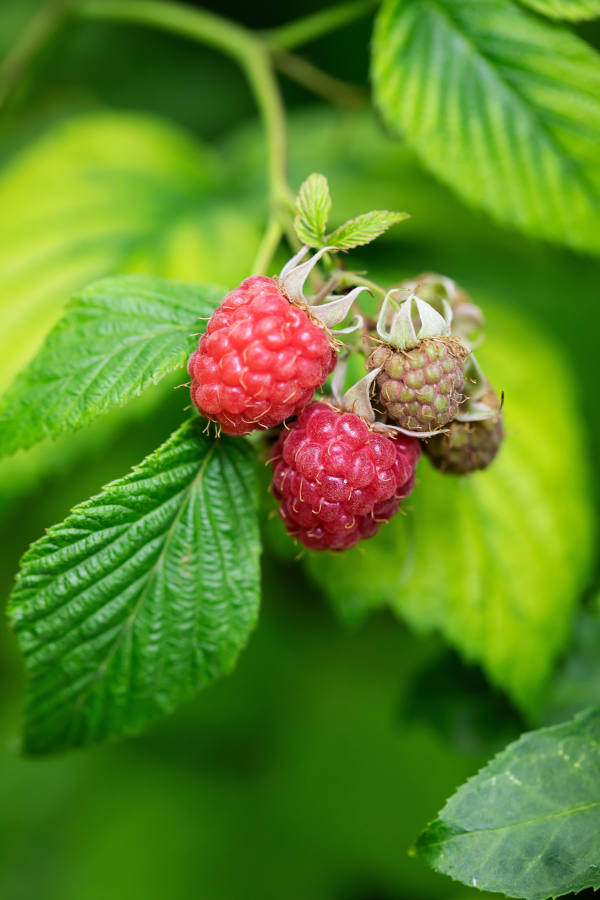
What to plant with Raspberries
Most full-size species of raspberries need plenty of space, so take care not to cram them to closely to other plants. For other perennial edibles to grow in the vicinity try rhubarb, asparagus, and blueberry.
Dwarf cultivars such as ‘Summer Sunshine’ can be grown in conjunction with other patio varieties of fruit and vegetables bred especially for container growing. Our Plentiful Patio Fruits Collection, Patio Tomato Collection, Mini Patio Fruit Orchard Collection, Prunus japonica ‘Black Amber’, and Prunus avium ‘Sylvia’ will transform your balcony or patio into a kitchen garden bursting with produce.
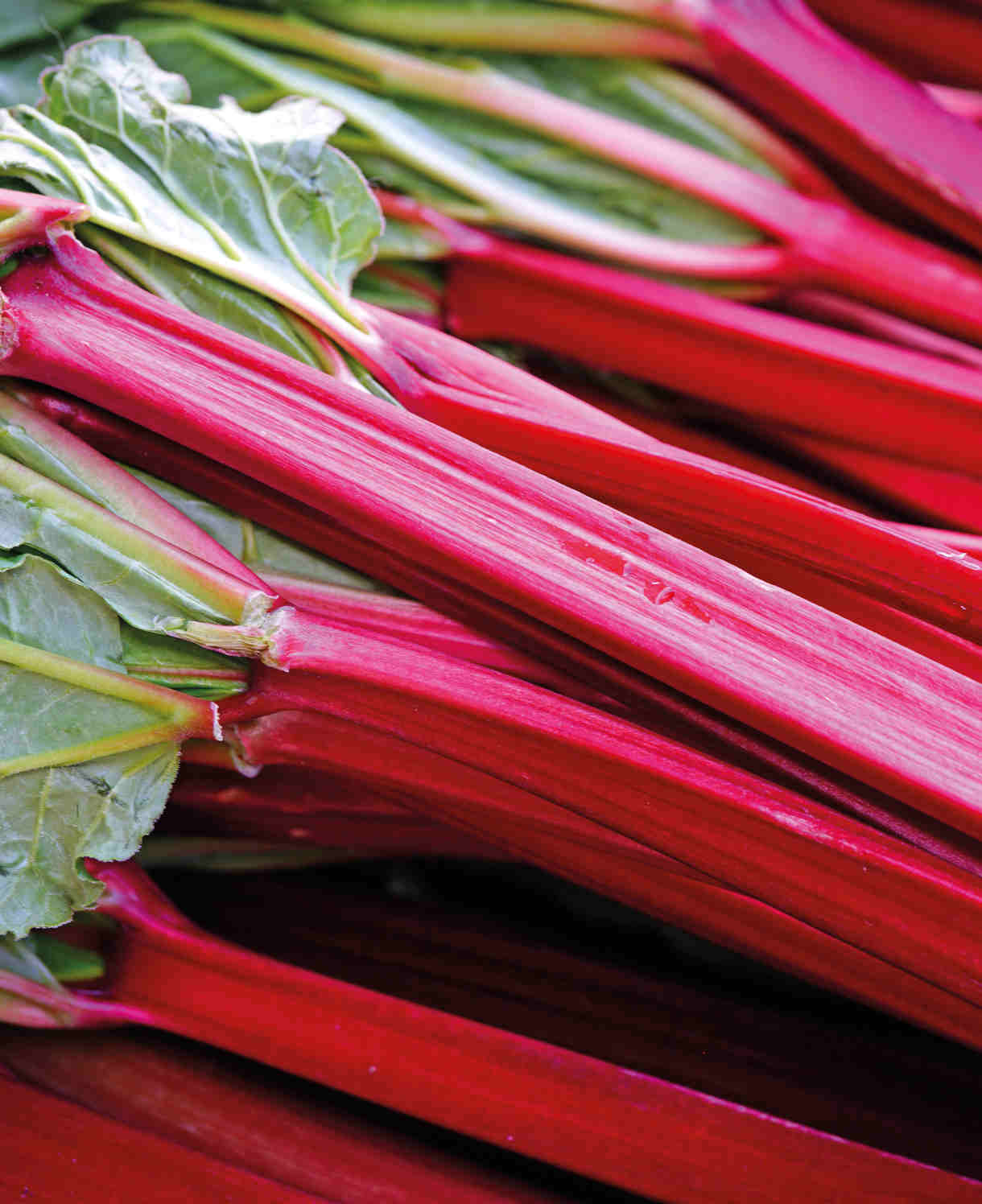
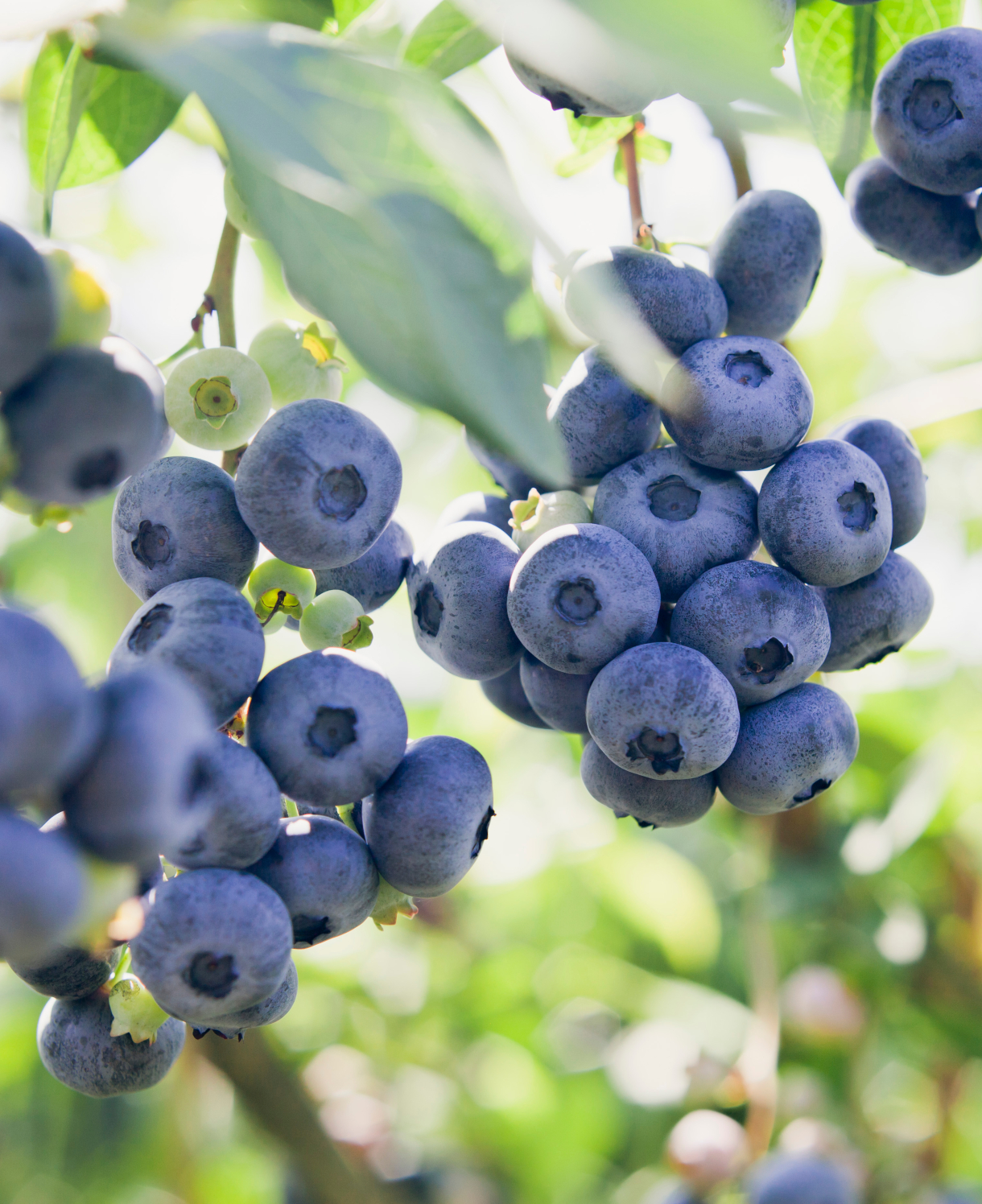
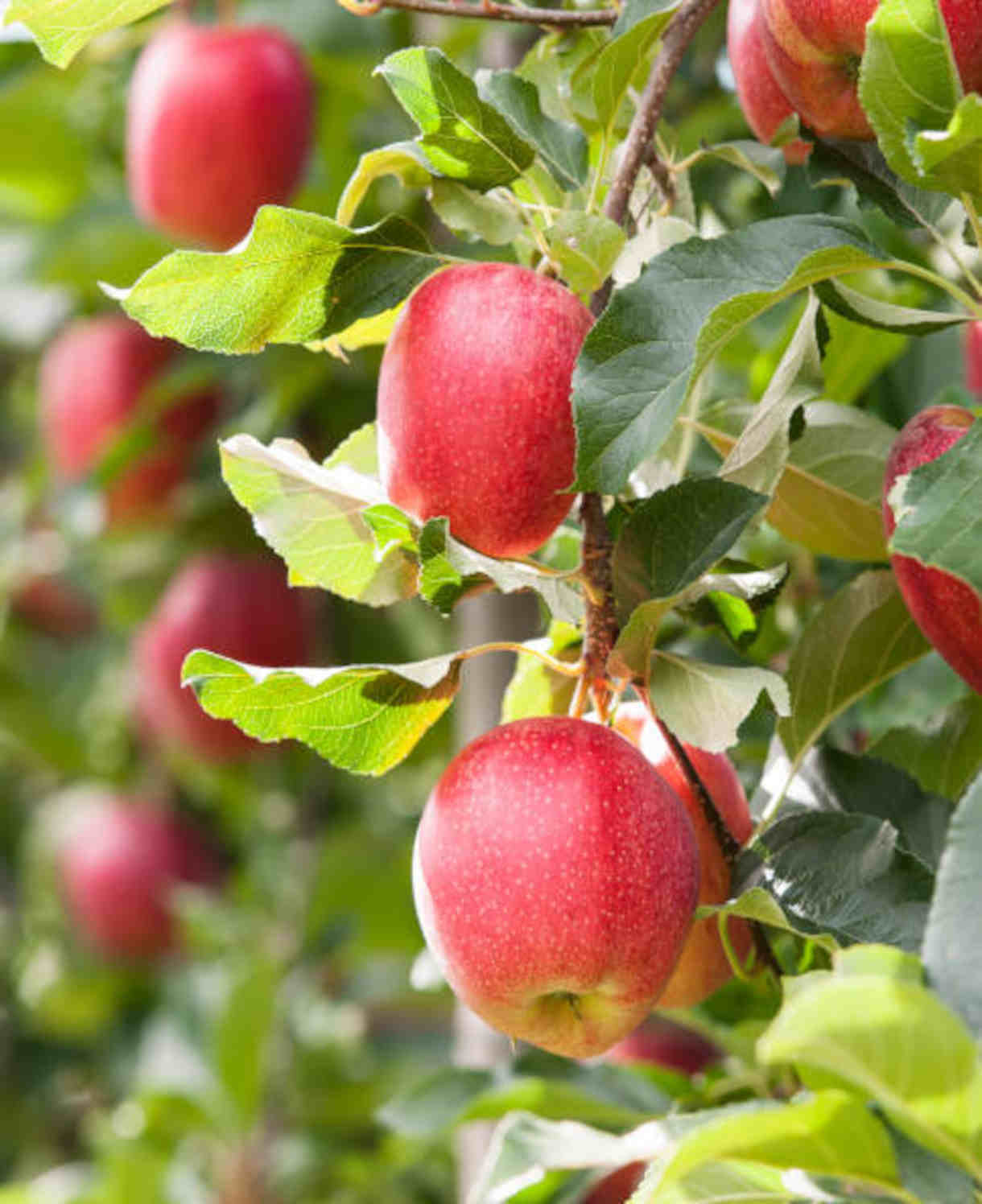
How to care for Raspberries
Pruning and Deadheading
Providing you know if you’re dealing with summer or autumn fruiting raspberries, pruning is simple and straightforward. It’s important to do this every year to keep plants as healthy and productive as possible.
Summer fruiting raspberries produce fruit on stems which grew the previous year. Prune and train these as soon as you finish harvesting from them.
- Cut out all old, fruited stems to ground level
- Select six to eight of the strongest, healthiest new stems and tie them to the horizontal wires, spacing about 10cm apart.
- Cut out any remaining stems to ground level.
- If any of the newly tied in stems are taller than the top horizontal wire, loop them over and tie in temporarily. They can then be cut to a bud about 10cm above the top wire in February.
Autumn fruiting raspberries fruit on the current season’s stems and are even more straightforward to prune.
- Cut the whole lot back to ground level in February.
- Thin out resultant growth in early summer, leaving strong, healthy stems spaced around 10cm apart.
Some autumn fruiting raspberries can be pruned for double cropping. This tends to mean a modest summer crop and a reduced autumn crop, though a slightly larger harvest overall. It’s a particularly useful approach for those with limited growing space.
- Rather than cutting the whole plant down in February, leave six to eight of the strongest, healthiest stems. Prune off just the upper, fruited part of these.
- After these half-pruned stems have fruited in summer, cut them down to the ground. Leave the new stems to fruit in autumn.
Regardless of the pruning approach, any new canes which pop up outside of the intended growing area should be removed in spring.
Watering
Raspberries need plenty of moisture to help produce lush, healthy plants and big, juicy berries. Those in the open ground should, like most woody plants, be watered regularly throughout their first growing season, aiming for consistently moist but not soggy soil. After this, water in hot, dry spells. Directing water to the soil rather than getting the foliage wet will reduce the likelihood of fungal disease.
Container-grown raspberries have less access to moisture so need regularly watering throughout every growing season. Allowing the top couple of centimetres of compost to dry out between watering is a useful rule of thumb to help avoid overwatering. Use your finger inserted into the compost to check this, being aware that in the height of summer watering can be needed every day. From mid-autumn, the British climate tends to take over watering needs, though do remember to step in in the event of an unseasonably dry spell.
Feeding
Outdoors, in healthy, fertile soil, a spring application of general purpose granular feed covered with a mulch of well-rotted organic matter (i.e., a layer of manure or garden compost applied to the soil around the plant) should give your raspberries all the nutrients they need for the year. The mulch has the added benefit of suppressing weeds and locking in moisture. If at any point in the growing season your plants look in need of a boost (i.e., weak, spindly growth – common on poorer soils), 90g of chicken manure pellets per square metre can offer effective results.
Container-grown plants rely more on the gardener for their nutritional needs. Get off to a flying start by making sure you use a good quality compost, then throughout the growing season (usually March to September/ October) feed monthly with a general purpose liquid feed.
Cold Protection
Raspberries are hardy and, if grown in the right conditions, should withstand an average UK winter without any additional protection. In fact, they are known to especially thrive in cooler regions, with many of the best-known cultivars originating in Scotland.
Pests and Diseases
Given half a chance, birds and squirrels will devour your crop of perfectly ripened raspberries in no time at all, therefore protecting with either a fruit cage or temporary netting is advised. Just remember to check these daily, as birds and small mammals can become trapped and entangled.
Raspberries can also be prone to several viruses and fungal diseases, and a few insects and mites, including the raspberry beetle. To minimise the chances of these, our advice is to:
- Grow disease-resistant varieties, especially where there have been problems in the past.
- Encourage healthy, robust plants by nurturing the soil (this is where that annual mulch comes in!), pruning properly, maintaining consistent moisture levels, and creating a balanced garden ecosystem. By this we mean reducing chemical use and taking measures to increase wildlife.
- Maintain good garden hygiene. Remove and dispose of dead plant material promptly and ensure adequate spacing and ventilation between plants.
- Be ruthless – if you spot any infection, remove and dispose of all affected parts of the plants as quickly as possible.
One more thing to note is that shield bugs can often be spotted on raspberry plants. These pose no harm to plant or crop and should be left to go about their business!
How to propagate Raspberries
The quickest and easiest way to propagate raspberries is by using any new canes, or suckers, that pop up in spring outside of the allotted growing area. Simply dig them up and replant in a new location, or pot up to give away to friends and family.
It is best to do this on newer plants only, as raspberries tend to harbour a few pests and diseases as they age which would be present in the new plants too.
* Many plants carry Plant Breeders Rights and cannot be propagated for commercial purposes.
Common Raspberry questions
How do I harvest raspberries?
Raspberries should be picked regularly. You’ll know they’re ready when they are plump, rich in colour, and come away from the plant easily. Try to avoid harvesting in damp conditions as wet berries soon become mouldy when stored.
How should I store raspberries?
Raspberries are best eaten fresh, though can be stored, unwashed (moisture makes them become mouldy and mushy), in a single layer in the fridge for a few days.
Many varieties also freeze well. Spread them out in a single layer on a tray to ‘open freeze’, then keep in a bag or box for up to two months. Alternatively, preserve in jam or stewed form.
Will raspberries grow in shade?
While raspberries will grow and even fruit in light shade, they will lack the lustre, vigour, and productivity of those grown in full sun.
